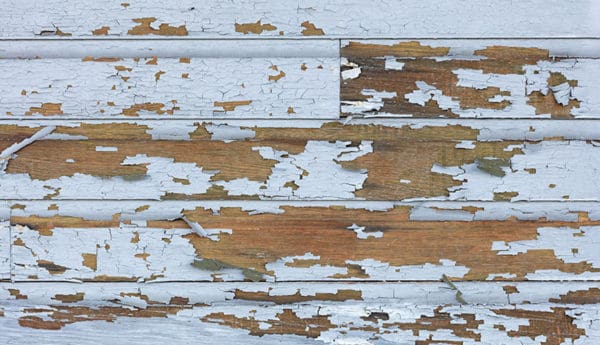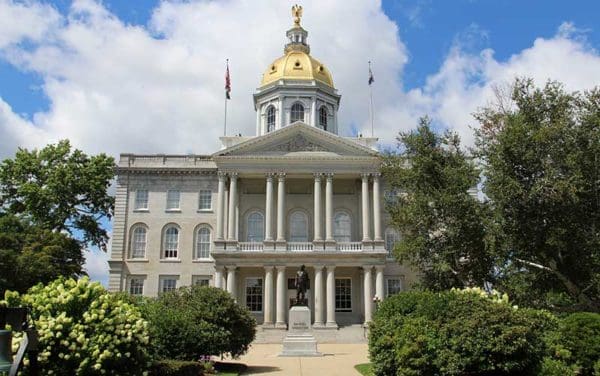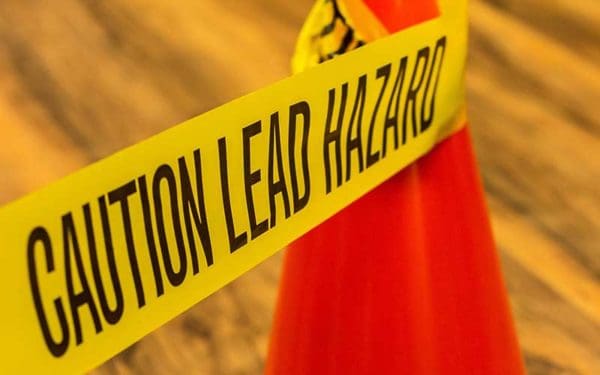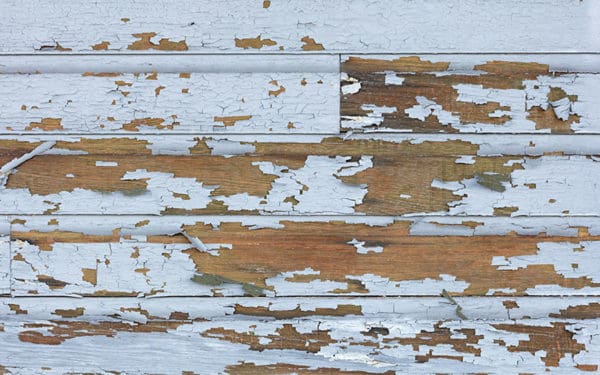Apr 18, 2018
In this special issue of Conservation Matters, we want to take you behind the scenes of our work, to give you a glimpse into how we break down challenges and take advantage of opportunities to create a healthy, thriving New England – not just for today, but for generations to come.
Feb 09, 2018
A new law in New Hampshire adopts much-needed protections to stem the tide of childhood lead poisoning cases in the state.
Jan 18, 2018
“For too long, we’ve put New Hampshire kids on the front lines of this serious public health problem – risking their health and their futures with the permanent effects of lead poisoning,” said Tom Irwin, Director of the New Hampshire office of Conservation Law Foundation. “Today’s vote is a victory for kids across the state. And because childhood lead poisoning often has a disproportionate impact on low-income communities and people of color, creating yet another barrier to breaking the cycle of poverty, today’s vote is a victory for some of New Hampshire’s most vulnerable children and families. We look forward to seeing the Governor sign this important bill into law.”
Jan 10, 2018
We’re in the home stretch of our work to strengthen New Hampshire’s lead laws to better protect kids from the preventable tragedy of childhood lead poisoning. But we need a final push to state Senators to see the bill through to the Governor’s desk.
Jan 03, 2018
“Childhood lead poisoning is a problem of statewide concern, affecting New Hampshire kids in rural and urban communities alike, and across all demographics, said Tom Irwin, director of the New Hampshire office of the Conservation Law Foundation. “But it’s a problem that disproportionately affects low-income families and some of our most vulnerable populations, and by impeding the ability of children to learn, it’s creating yet another barrier for families trying to break the cycle of poverty. Today, the House took an important step towards better protecting New Hampshire’s children and families.”
Jan 03, 2018
Lead poisoning threatens the most vulnerable members of our communities – our children – but it imposes tragically high costs on everyone.
Oct 12, 2017
When discussing the tragedy of childhood lead poisoning, I’m often met with the incredulous response “Haven’t we already solved that problem?” It’s a fair question. After all, we’ve known that lead is a dangerous toxin, especially for kids, for decades – even long before the federal government banned lead from paint in 1978 and from… Continue reading Lead Poisoning is 100 Percent Preventable – So Why Is It Still a Problem Today?
Oct 11, 2017
Maine has taken significant strides in preventing childhood lead poisoning by implementing a more protective standard for what constitutes poisoning. But a stronger standard will only help Maine’s children if local officials can actually implement it. And here’s where the State is falling short. As National Lead Poisoning Prevention Week (October 22–28, 2017) approaches, we… Continue reading Maine Makes Progress in Efforts to Prevent Lead Poisoning
Apr 08, 2017
Every year, several hundred New Hampshire children are found to be poisoned by lead. Even at low levels of exposure, lead is a dangerous neurotoxin that can result in permanent, irreversible harm, such as cognitive impairment, learning disabilities, hearing loss, and delayed language skills. And, with so many New Hampshire homes and apartments built before… Continue reading Protecting New Hampshire Kids from Lead Poisoning: Progress (But We’re Not There Yet)
Mar 05, 2017
Recently proposed cuts in the 2018–2019 Maine state budget would dramatically reduce funding for lead poisoning prevention efforts, leaving our children vulnerable to lifelong harm.








